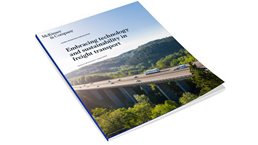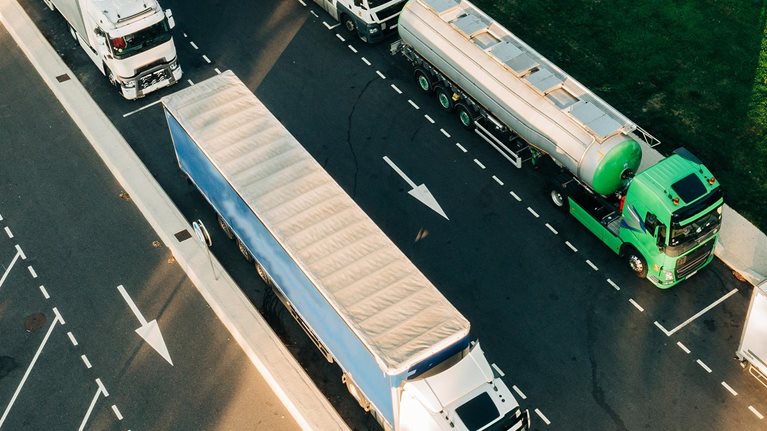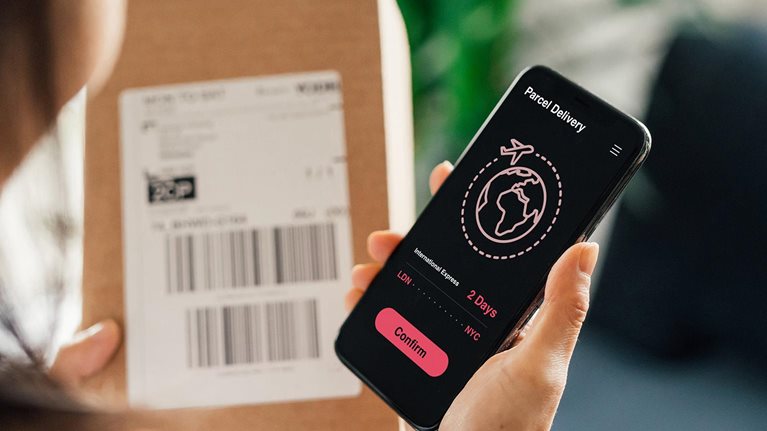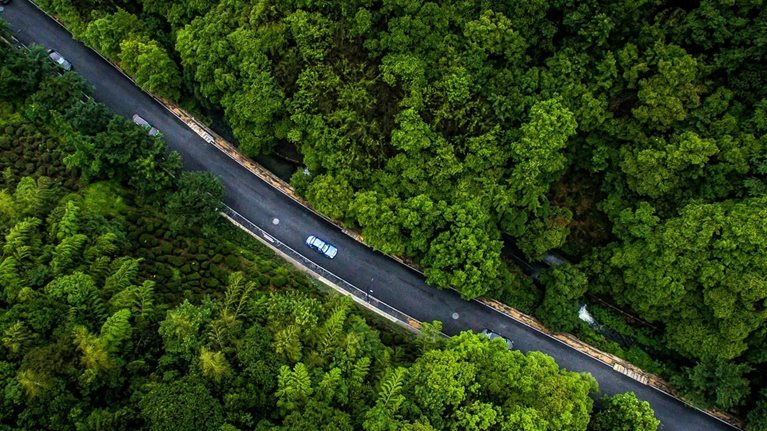According to McKinsey’s Global Energy Perspective 2022, the transportation sector is projected to experience the fastest transition to electricity, which is primarily the result of passenger electric vehicles (EVs) reaching cost parity with internal combustion engine vehicles.1 That said, freight transportation accounts for up to 8 percent of global greenhouse-gas (GHG) emissions, and as much as 11 percent when warehouses and ports are factored in.2 Decarbonizing freight transportation from start to finish will require owners and operators to fundamentally rethink how infrastructure supports electrification and how new technologies can enable a more sustainable future.
In response, Swedish freight company Einride is working to electrify diesel freight and transition toward the full autonomy of transport vehicles. McKinsey’s Melissa Yeo spoke with Robert Falck, founder and CEO of Swedish freight technology company Einride, about why sustainability in freight will depend on the right combination of infrastructure, EVs, regulations, and customer demand.
Melissa Yeo: When you look at the landscape of solutions to decarbonize supply chains, what are the major opportunities that stand out as being particularly exciting? Are there technologies or areas of innovation where we’re seeing success?
Robert Falck: The only valuable future technologies are the ones that can be mass-produced and rapidly scaled. These technologies need to be energy efficient, and they need to be suitable for industrial-size production. It is still tricky to mass-produce hydrogen, for example, because the process isn’t yet mature. The same goes for the development of fuel cells.
Electrification and battery solutions, however, have the potential of being easier to mass-produce. Therefore, we can reduce costs and provide relatively energy-efficient conversion rates, both of which are a big plus for electrification. So from my side, I think the new technologies that are changing mobility are electrification, batteries, and 5G connectivity.
The digital infrastructure that’s required for the rollout of autonomous vehicles is often overlooked. If you’re going to deploy at scale, you need high-speed, reliable connectivity solutions. That’s going to be one of the major limiting factors in a lot of areas. If you remove the driver from the vehicle, it’s going to be difficult to have any operational ability without reliable connectivity.
Melissa Yeo: Beyond technology, what else is needed to effectively decarbonize freight transportation? What do you think would be truly game changing for getting the industry closer to net zero?
Robert Falck: The number one thing is the business case, and it’s the common challenge with digitalization. A lot of people think that making everything digital is a want, but it is fundamentally a need. Autonomous technology has real use cases in transportation. Electrification is maturing, but it is quite expensive compared with other technologies. That said, in heavy-duty trucking, we’re starting to reach cost parity in terms of performance, at least as it relates to short-haul, middle-mile applications.
Moving forward, it is vital to get electrification, batteries, and 5G connectivity to interact. If they do, then we can deploy route optimization and track capacity across the entire fleet of vehicles, optimizing cost savings and carbon emissions. This creates the potential to reduce GHG emissions by 90 percent.
Once you get this level of connectivity and digitalization in place, you have the means to rewrite the map. Our history has been shaped by our means of transport. People often say that the first major breakthrough in transportation was the wheel, but it wasn’t—it was rafts, sailboats, and transport on waterways. That was how we built civilizations and structured the world until the invention of the railroad. Combining these technologies could unlock a similar economic potential.

Voices on Infrastructure: Embracing technology & sustainability in freight transport
Melissa Yeo: Earlier this year, Einride announced the appointment of a remote pod operator to support and supervise automated Einride Pods.3 Why did you see a market gap for this role? And why not pursue full autonomy?
Robert Falck: I don’t think there is such a thing as full autonomy. That’s a fictional concept. The automation assistant—whatever that might look like—still serves us and interacts with us. Furthermore, automation is not a new thing. It’s been around for more than 200 years and is the basis for much of the wealth we see today. Although the level of autonomy is increasing, automation at its core still serves humans and has a clear limit to what its abilities are.
If you want to solve something that’s not in the automation program or something with an AI setup, you need a human in the loop for that decision-making ability. Reaching more than 95 percent uptime for an autonomous system is extremely difficult. And if you’re performing at 95 percent or more, you have a very successful autonomous system. The same goes for these kinds of transportation systems.
Melissa Yeo: What other talent gaps are out there? What other types of skill sets or capabilities will become increasingly important in the future of freight?
Robert Falck: For me, it’s about creating jobs similar to those created by the manufacturing industry when it went through a similar transition. If you go back 60 or 70 years, there was a lot of manual labor. Today, the focus in the factories is surveillance, maintenance, and making sure the machine is doing what it’s supposed to do. And that’s also what these new roles will need to be about: securing the operational uptime and making sure it serves the needs of the customer.
In transportation, the skill set transition is being driven by the market itself. There are a lot of discussions about the shortage of drivers, but there’s not really a shortage of drivers. Rather, there’s a shortage of people who want to live their lives as truck drivers. Owner-operators [make up] 85 percent of the trucking space because we have a legacy structure of pushing technology—software that automates the delivery of information—which is part of the fossil-fuel manufacturing system. And that ecosystem of operations setup is being challenged as the industry transitions from a mechanical technology system to an electric and digital system.
Melissa Yeo: Einride also launched its US operations at the end of last year. What do you see as being most directly replicable across markets? What do you foresee being most challenging in scaling from the European Union to the United States?
Robert Falck: Close to 90 percent of all transportation could be electric and autonomous based on the business case alone. The potential for this technology is huge, and it will change the business model and the business logic for transportation. This will impact everything from the locations of warehouses to how we build our cities, how those cities are structured, and how the sector competes with rail.
The United States tends to be efficient at adopting new technology. However, the mentality in Europe is such that it is still struggling to adapt to changing environments and new mindsets. I will do my best to convince Europe that this change needs to happen.
Melissa Yeo: You’ve been a serial entrepreneur who’s setting ambitious climate goals in a very hard-to-abate sector. What advice would you have for other “climate disruptors” undertaking similar endeavors?
Robert Falck: At the core, you need to find a business case. There’s no sustainability without sustainable businesses. There are a lot of potential cases out there, but without this fundamental insight, change will not happen.
Another very important thing to highlight is that we need to stop subsidizing the old system. New technology will change the world, but the world is still subsidizing the existing system.
If we could look ten years into the future, I think we’d be surprised by how quickly things will change. The market is a marvelous thing: It doesn’t care about old-time things. It doesn’t care about people’s opinions. It drives change—and this time for the better.
This article is part of Global Infrastructure Initiative’s Voices on Infrastructure.


